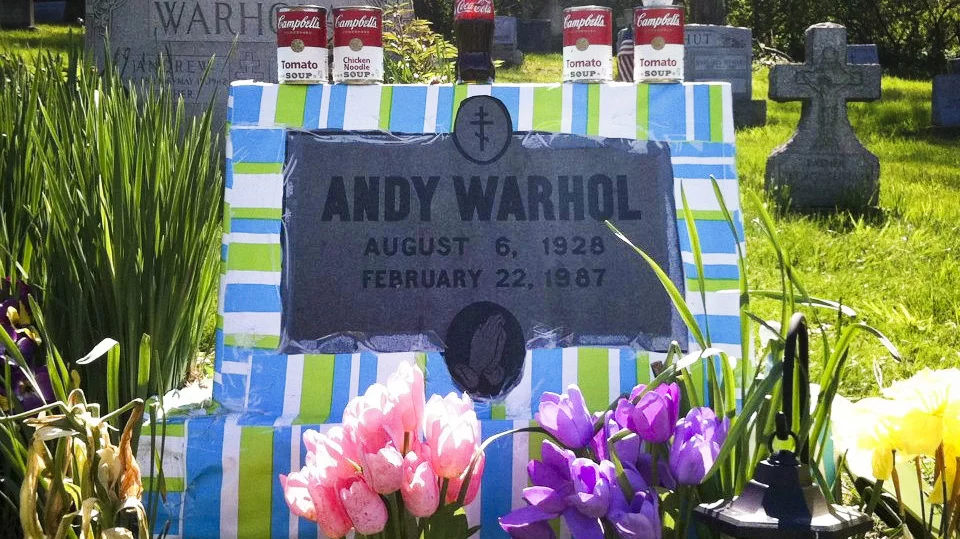Introduction

This exhibition presents typologies of memorials, both physical and digital, exploring the implications of the socio-cultural environment on the persistence of these commemorative objects and/or sites. Digital memorials, and particularly those which are created, stored, and accessed on the internet, have emerged as a popular mode of commemoration over the past twenty years, and are as diverse and dispersed as their physical predecessors. This exhibition features three primary types of online, digital memorials. These include standalone, dedicated memorial websites which, much like memorials built in the physical world, require that visitors navigate directly to them. Secondly, it investigates memorialized social media pages, which integrate memorialization into the online environments where people already gather. Finally, the exhibition includes digital avatars, also described as “augmented eternity,” and which use digital tools to mimic the experience of interacting with a deceased loved one.
Online digital memorials are accessible to a larger, more far-reaching community than are physical memorials, which are located in a single, fixed geographic site. However, because they are online, they are inherently much more ephemeral. We explore the factors that contribute to a memorial’s persistence (or lack thereof) and argue that ongoing memorials are a result of maintenance, and specifically, acts of care by individuals, including family members and friends of the deceased and formal stewards, or communities, including networks of family and friends and activist groups.
In 2012, Bethany Nowviskie said that “Dark archives swallow files up and through acts of faith and forensics we anticipate their Second Coming. But I want to argue that it’s our greater responsibility to fill our dark archives with light.”
In the context of the information sciences, and digital preservation, in particular, dark archives are defined as knowledge or information repositories that are inaccessible to the public.¹ These archives may be governed by some sort of information structure and have physical form, but they have either a very limited audience or no audience at all. It is as though the material within them is trapped in a liminal space…it can hold its shape, sit sturdily on a shelf in a room for centuries, but never come into contact with a human being.
On the other hand, ephemeral work is defined by its transience: it is very difficult, if not impossible, to archive. It may only be remembered through photographs, audio recordings, and the recollections of performers and attendees. This exhibition explores these themes through the presentation of five objects, each representing a different approach to memorialization.